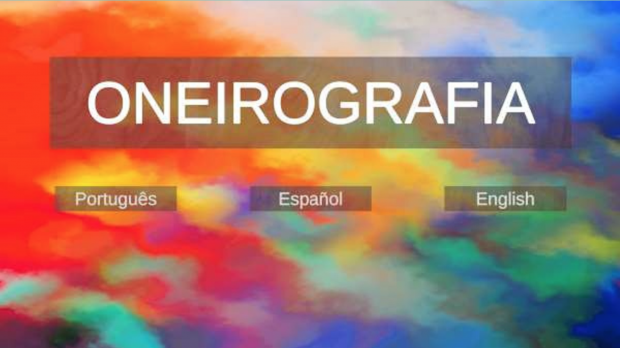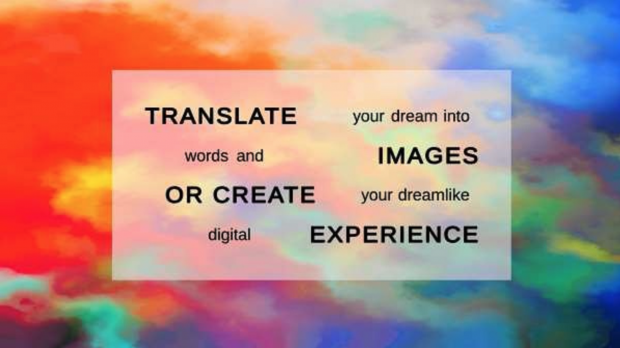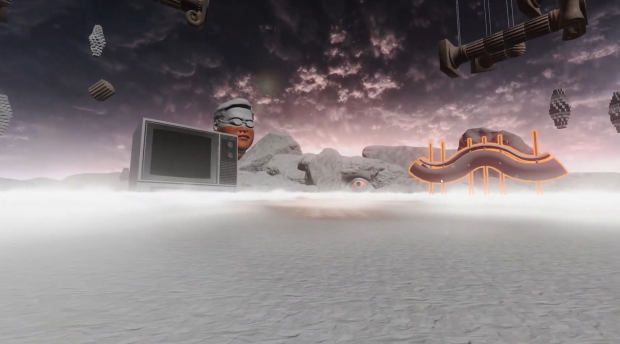Oneirografia
The process also allowed the idealization of Oneirographia, which is a 3D interactive online environment that is under construction and will be finished by the end of February of 2021. In this work, the interactor can build or simulate his digital dreams with data input that´ll randomly create a sensory ambiance. First, the user fills a form and, then it will be possible to choose between a dream or a nightmare to define the atmosphere of the digital experience. After that, the user will navigate between images, words, and sounds, and, at any moment, he can choose to capture photographs of the digital dream to download or share them on the social media networks. Dreams hold relevant messages and memories that we cannot access otherwise. However, its encrypted language makes it difficult to understand, and usually, during the wake, we quickly forget what we have dreamed of. Oneirographia aims to facilitate the remembering, reimagining, and sharing of our dreams. The work will be available in three different languages: Portuguese, English and Spanish.
Oneirographia is a project that started in March 2020, when the quarantine due to the Coronavirus pandemic began in the city of São Paulo, Brazil. The conceptual project started from a dream and proceeded, at first, with the help of Internet search engines and it was an encouragement at the critical moment of confinement and pessimism. Somehow that fact so unique and different from other experienced dream phenomena aroused a series of sensations and reflections on the possibility of incorporating the unforeseen and irrational element as a means of promoting academic inquiry and artistic research. The dream experience allowed a deviation in the search algorithms using private intuition. This methodology contradicts the rational tendency behind the “improvement” of the artificial intelligence of these mechanisms. This effort included bibliographic research and the creation of a web page called “Prague Dremiary” that contains more information about the work.
Source: exhibition documentation




